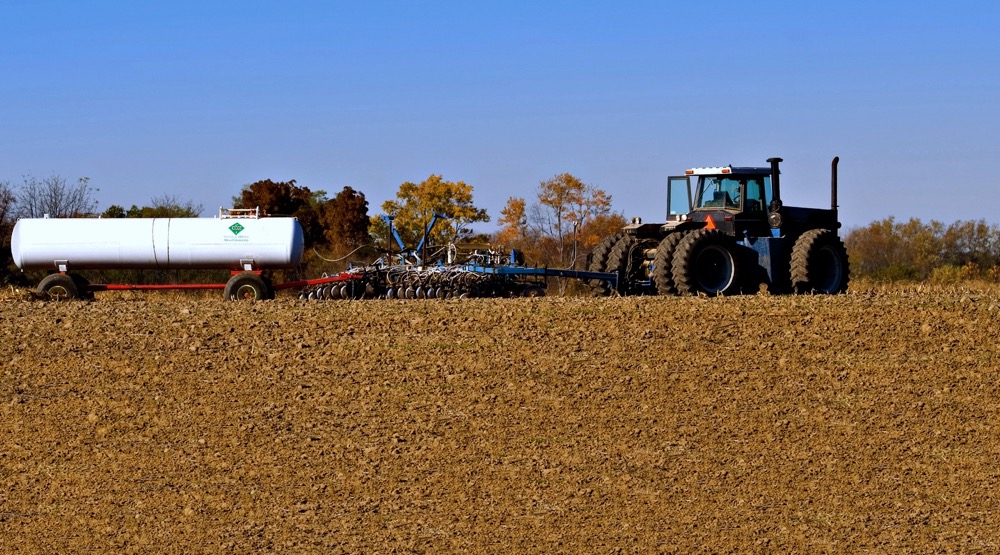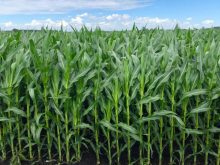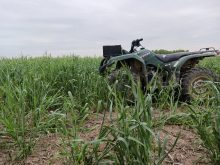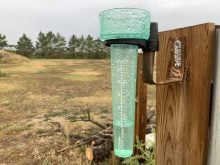Between drought and the soaring price of fertilizer, you might want to manage your grain farm a little differently this year.
“In a dry year, there will be reduced crop growth and reduced nutrient uptake,” soil scientist Rigas Karamanos said at Agronomy Update earlier this month.
“We had plenty of heat, but not moisture. Consequently, the biological, chemical, and physical (soil) processes are reduced, and altered when we have a drought,” he said. “There is a tremendous amount of residual fertilizer that will be staying in the soil, depending on the management the producer uses.”
Read Also
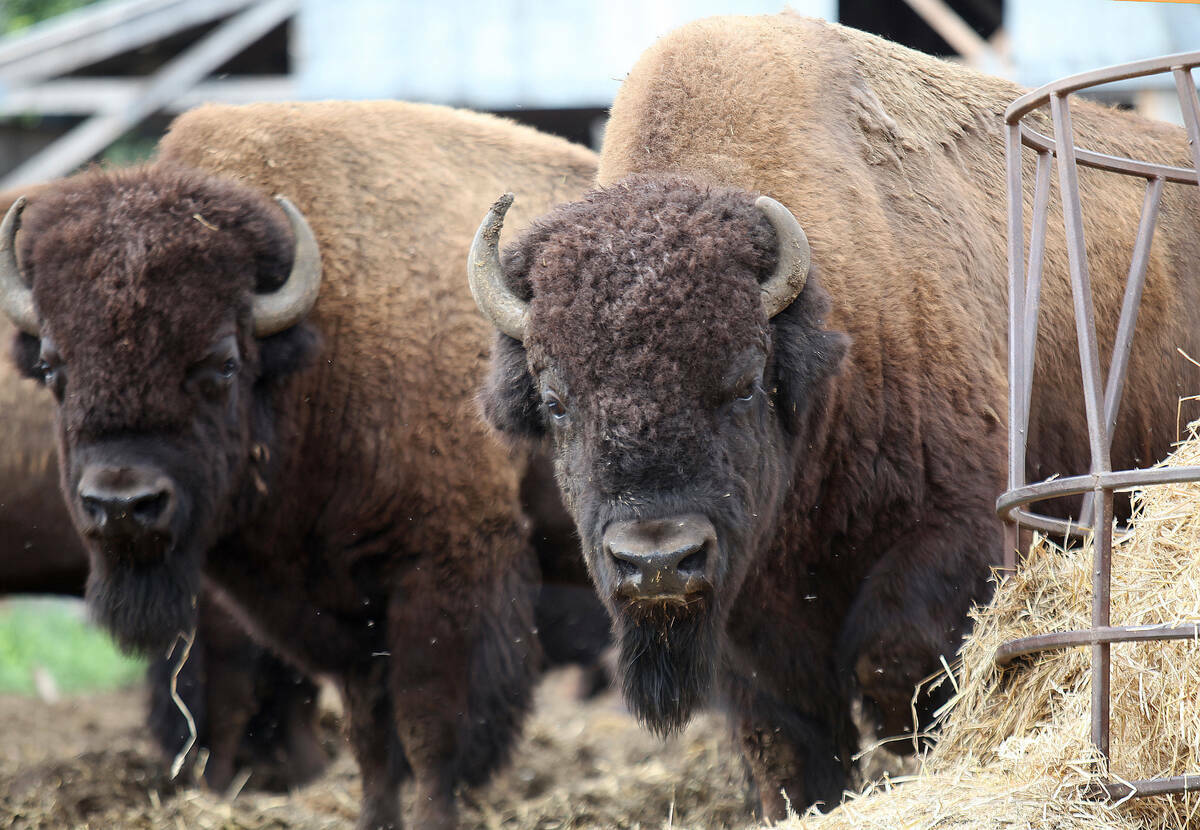
Bison prices remain high, but supply shrinks
Bison numbers are down amid increasing demand and record high market prices.
Soil tests reveal nitrogen variability in the soil increased dramatically during the drought, which is expected as nitrogen moves with water, so will generally remain in place in a dry year.
“Poor crops do not use nitrogen, and there’s no movement of nitrogen, so expect to see stranded nitrogen in the top inch or two of the soil, wherever the nitrogen was placed,” said Karamanos.
However, that may have changed in some areas of the Prairies because of late rains and subsequent regrowth, he noted.
Still soil tests have been showing there are elevated nitrogen levels in many fields.
Phosphorus will have also remained in the soil at much higher levels but those will readjust, he said.
“These will correct in time but be very cognizant of that. These changes occur during the growing season. It’s not unique to one dry year.”
Karamanos, who recently retired after four decades working in both the private sector and academia, echoed a common call from agronomists in recent months: soil test.
But knowing the nutrient levels in your fields should be seen as just one part of a larger picture, he said.
“Soil testing is just a tool and part of the overall assessment — choose a nutrient application philosophy that suits your style of management,” he said.
And be ready to change things up as conditions evolve, he added.
“If you sampled last fall, your phosphorus could be very high. We got some moisture in some parts of the province and that could change things for the spring. Be very careful of these changes — they can occur.”
Soil testing includes sampling, extraction, chemical analysis, interpretation, and fertilizer recommendation, said Karamanos, adding that producers should know how deep they are sampling.
“Many people have automatic equipment. They are sitting in the truck, and samples are being taken from the back. You put the probe down a foot, but it’s so dry you lose three inches,” he said.
“Remember that the soil test is a guide. Your recommendations will be lower than last year. Be leery of zero recommendations, and be leery of an increase in phosphorus recommendations.”
Karamanos has developed two Excel spreadsheets that Alberta Wheat and Alberta Barley are going to post on their website. One can be used to calculate a nitrogen recommendation, while another spreadsheet allows you to calculate your economic return.
During the virtual event, he also discussed split applications of fertilizer and said the post-emergence application of nitrogen can be economically viable.
“Keep in mind, in order to get a maximum yield for wheat or cereals, you have to apply prior to the first node becoming visible,” he said. “If you apply later, you will still get a yield increase, but not the maximum yield.”
Trials were done on canola in Alberta and Manitoba, where 60 pounds of nitrogen was applied first and 40 pounds of nitrogen was applied three, four or five weeks later.
“Under normal precipitation, we got the same yield with top dressing as we would if we applied it at the beginning. If it was dry, we didn’t get a benefit. If you hang back over fertilizer, and it becomes dry, you don’t have to add any, and you save all that money.”
If precipitation is above normal, higher yield will be achieved by splitting the application. This is not a practice that should be done on a yearly basis but could be an option if it is dry this spring, Karamanos said.
The nitrogen will be taken up by canola at the six-leaf stage, about five to six weeks after seeding.
“You have to have the nitrogen prior to the six-leaf stage in order to have the maximum yield,” he said.


